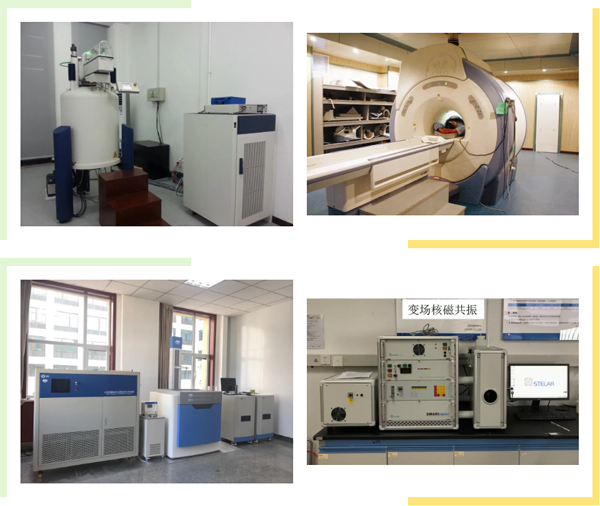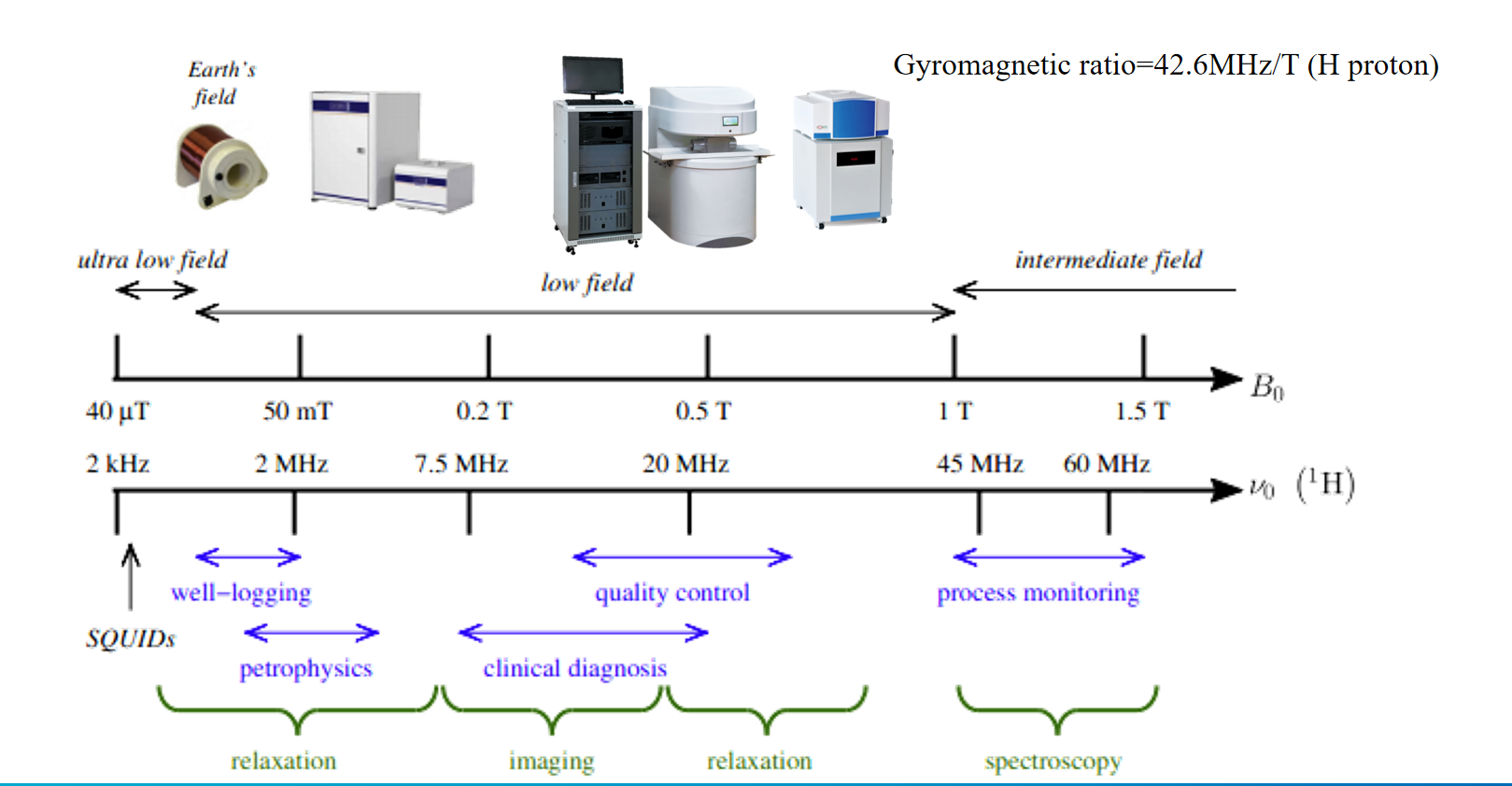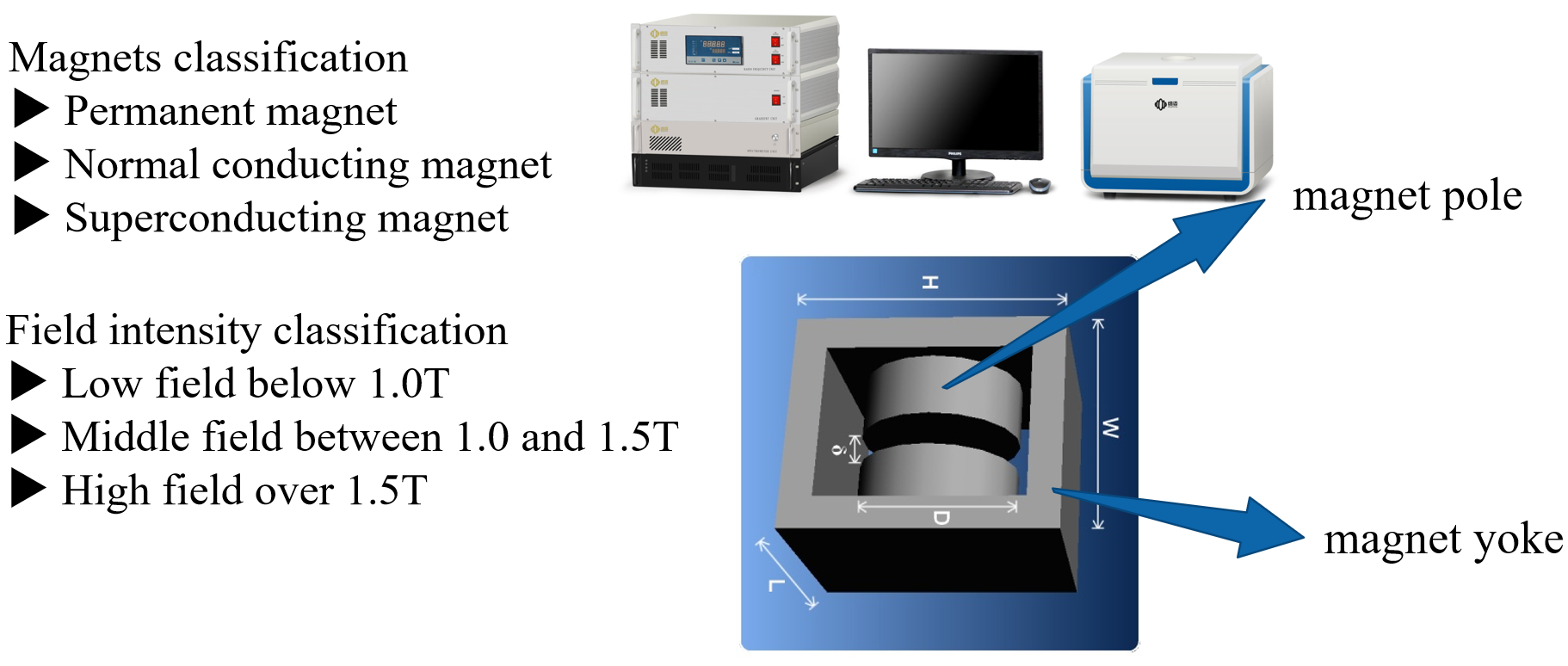ЯМР-прибор Классификация
Ядерный магнитный резонанс (ЯМР) Инструменты - это аналитические инструменты, используемые для изучения свойств атомных ядер в различных материалах. Эти инструменты могут быть классифицированы на основе нескольких факторов, включая их заявление, тип магнита, Полевая сила, и конфигурация зонда. Вот общая классификация ЯМР-приборы:
Классификация на основе приложений:
- Обычный ЯМР: Инструменты, используемые для обычного анализа в таких областях, как химия, биохимия, и материальная наука.
- Твердотельный ЯМР: Инструменты, разработанные для изучения твердых образцов, такие как кристаллы, полимеры, и материалы с ограниченной подвижностью.
- Медицинский ЯМР (МРТ): Магнитно -резонансные инструменты визуализации, используемые в медицинской диагностике для визуализации внутренних структур человеческого тела.
Тип магнита:
- Сверхпроводящие магниты: Эти инструменты используют сверхпроводящие катушки для генерации высоких магнитных полей с минимальным потреблением энергии.
- Постоянные магниты: Инструменты, которые используют постоянные магниты для более низкой прочности поля, Подходит для некоторых рутинных приложений.
Полевая сила:
- Низкопольный ЯМР: Инструменты с магнитными полями обычно до 1 Тесла, часто используется для преподавания и фундаментальных исследований.
- ЯМР среднего поля: Поле сильные стороны между 1 и 3 Тесла, Подходит для обычного анализа и некоторых приложений для исследования.
- Высокопольный ЯМР: Инструменты с сильной стороной поля больше, чем 3 Тесла, обеспечение более высокой чувствительности и разрешения для передовых исследований.
Конфигурация зонда:
- Одно ядро зонды: Предназначен для обнаружения сигналов из определенного ядра (например, протон или углерод-13) в образце.
- Многоядерные зонды: Способный обнаруживать сигналы из нескольких ядер, позволяя анализировать более широкий спектр элементов.
- Криогенные зонды: Зонды охлаждены до криогенных температур, повышение чувствительности и отношения сигнал / шум.
Специализирован ЯМР-приборы:
- Настольный ЯМР: Компактные инструменты, разработанные для мелкого анализа, часто используется в образовательных условиях и в некоторых отраслях промышленности.
- ЯМР во временной области: Инструменты, которые фокусируются на расслаблении и измерениях диффузии, ценный в различных приложениях, в том числе пищевая наука и материальная характеристика.
- Портативный ЯМР: Портативные или портативные устройства ЯМР, используемые для анализа в поле, Подходит для таких приложений, как разведка нефти и контроль качества.
Продвинутые методы:
- 2D-Ямр: Инструменты, способные выполнять двухмерные эксперименты ЯМР, предоставление дополнительной структурной информации.
- Многомерный ЯМР: Инструменты, способные к экспериментам с более высоким уровнем ЯМР, Включение подробного анализа сложных молекул и взаимодействий.
заплесневелый ЯМР-приборы – Низкопольное ЯМР
Низкое поле ЯМР-приборы (с напряженностью магнитного поля до 0.5 Т) иметь несколько преимуществ:
- Экономически эффективным: Низкое поле ЯМР-приборы дешевле, чем инструменты с более высоким полем. Это делает их более доступными для небольших лабораторий или лабораторий с ограниченным бюджетом..
- Портативный: Низкое поле ЯМР-приборы может быть компактным и портативным, что делает их полезными для полевых исследований или удаленных мест.
- Легко использовать: Низкое поле ЯМР-приборы часто проще в эксплуатации и требуют менее специализированных знаний. Это делает их полезными для рутинных измерений контроля качества или учебных приложений..
- Широкая совместимость образцов: Низкое поле ЯМР-приборы может анализировать широкий спектр образцов, включая твердые вещества, жидкости, и газы.
- Быстрое получение данных: Из-за меньшей напряженности магнитного поля, слабое поле ЯМР-приборы обычно имеют более короткое время релаксации, что приводит к более быстрому получению данных.
- Неразрушающий: ЯМР-спектроскопия — неразрушающий метод., такой низкий уровень поля ЯМР-приборы может использоваться для анализа образцов, не повреждая их.
Компания Niumag самостоятельно разработала линейку низкопольных ЯМР-анализаторов.. Наши настольные ЯМР-анализаторы нашли эффективное применение в различных отраслях., включая энергию, геотехнические исследования, еда и сельское хозяйство, Науки о жизни, исследование материалов, и образовательный контекст.
 заплесневелый
заплесневелый


